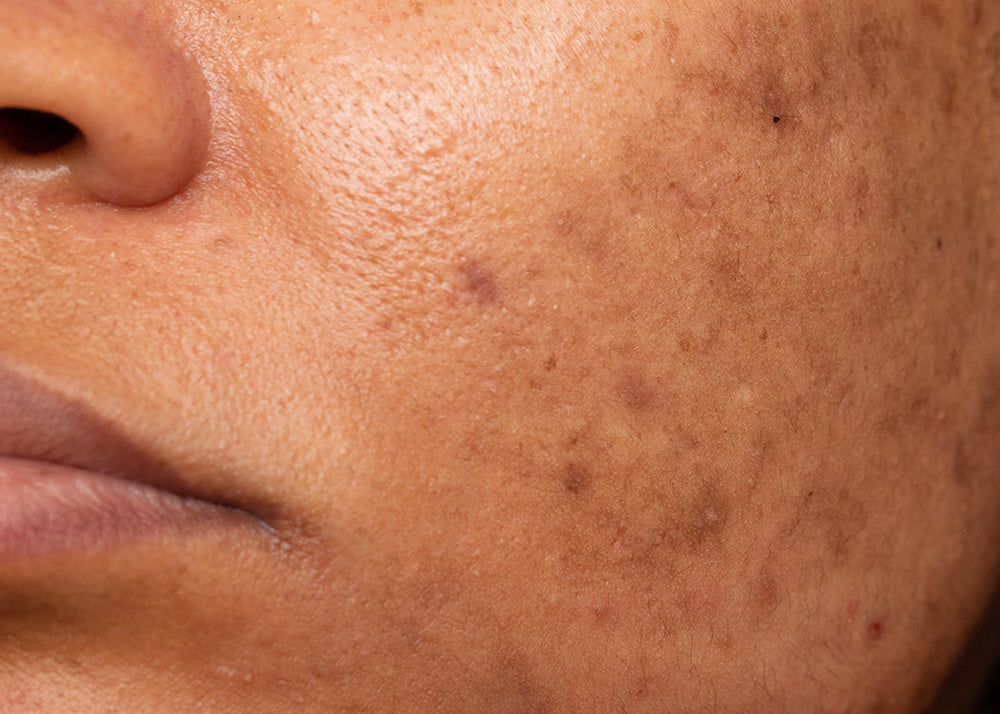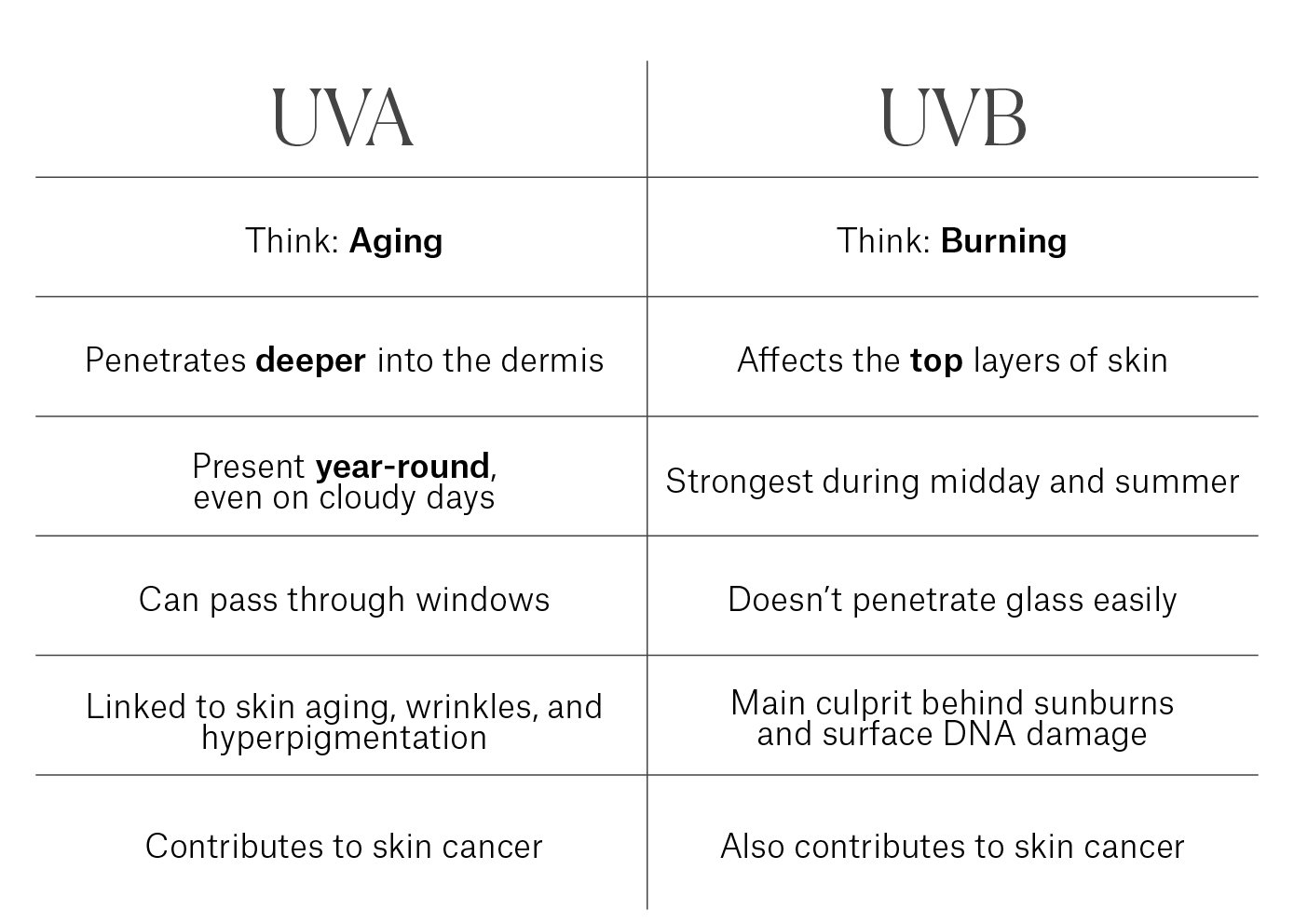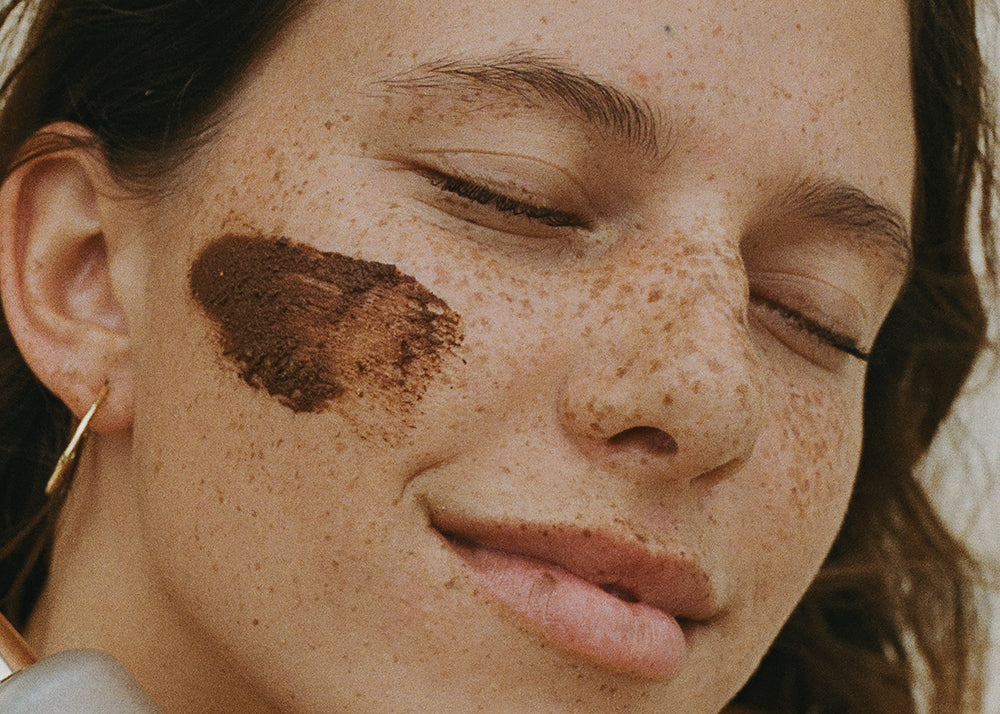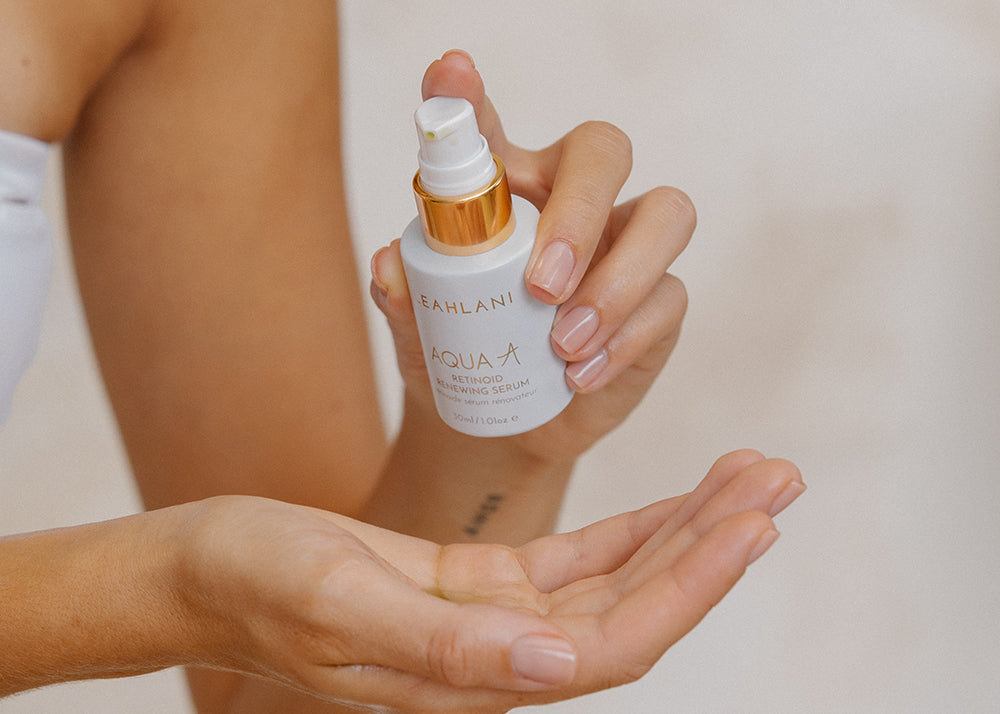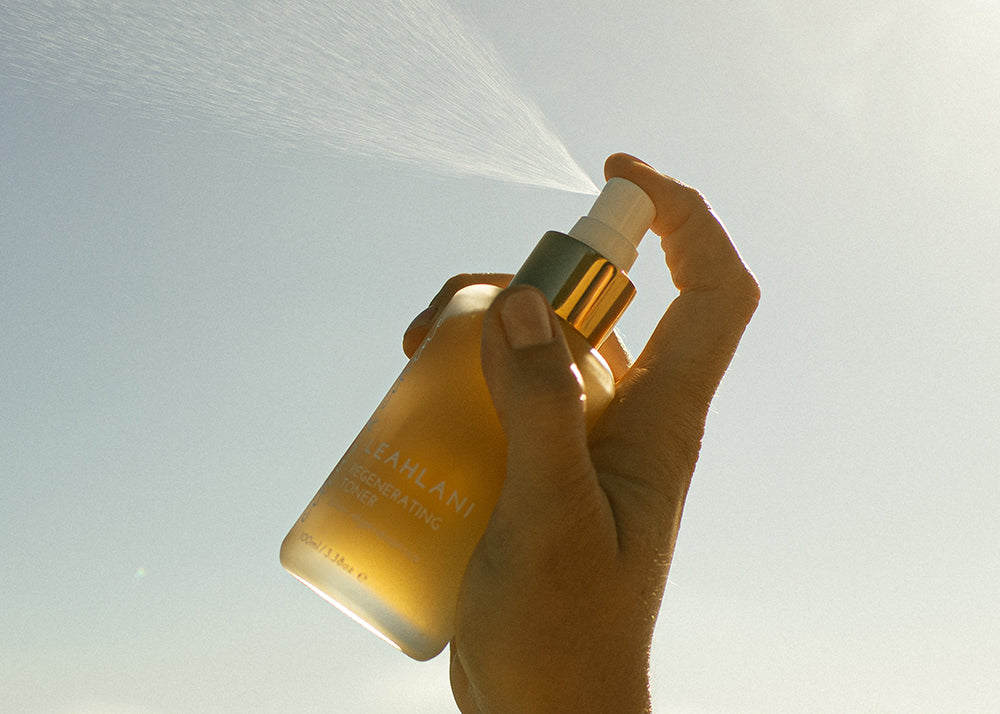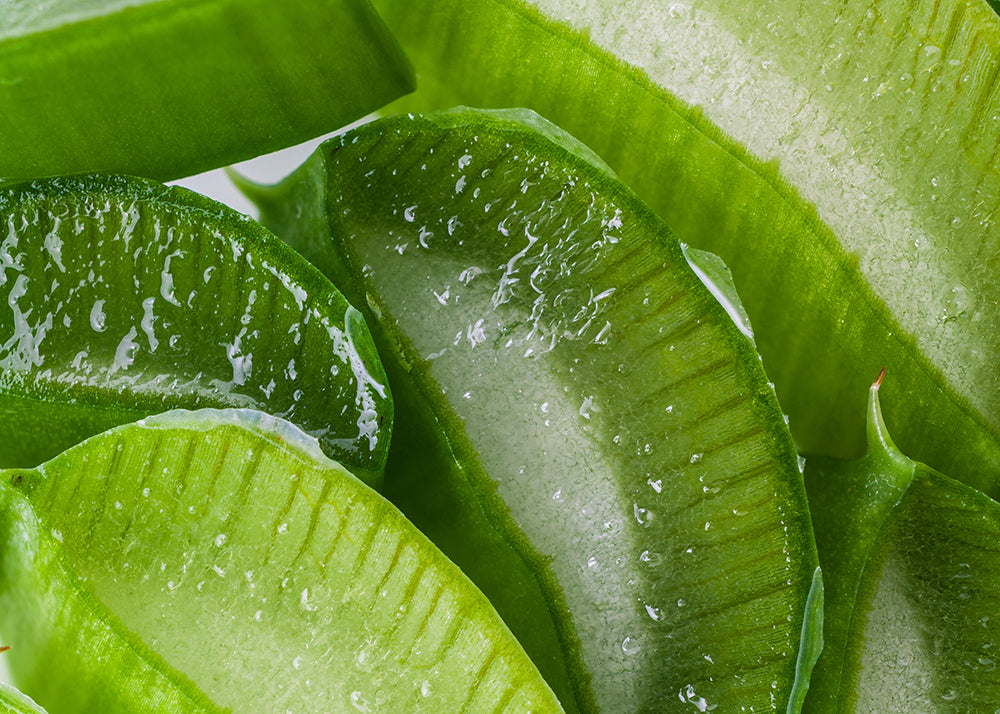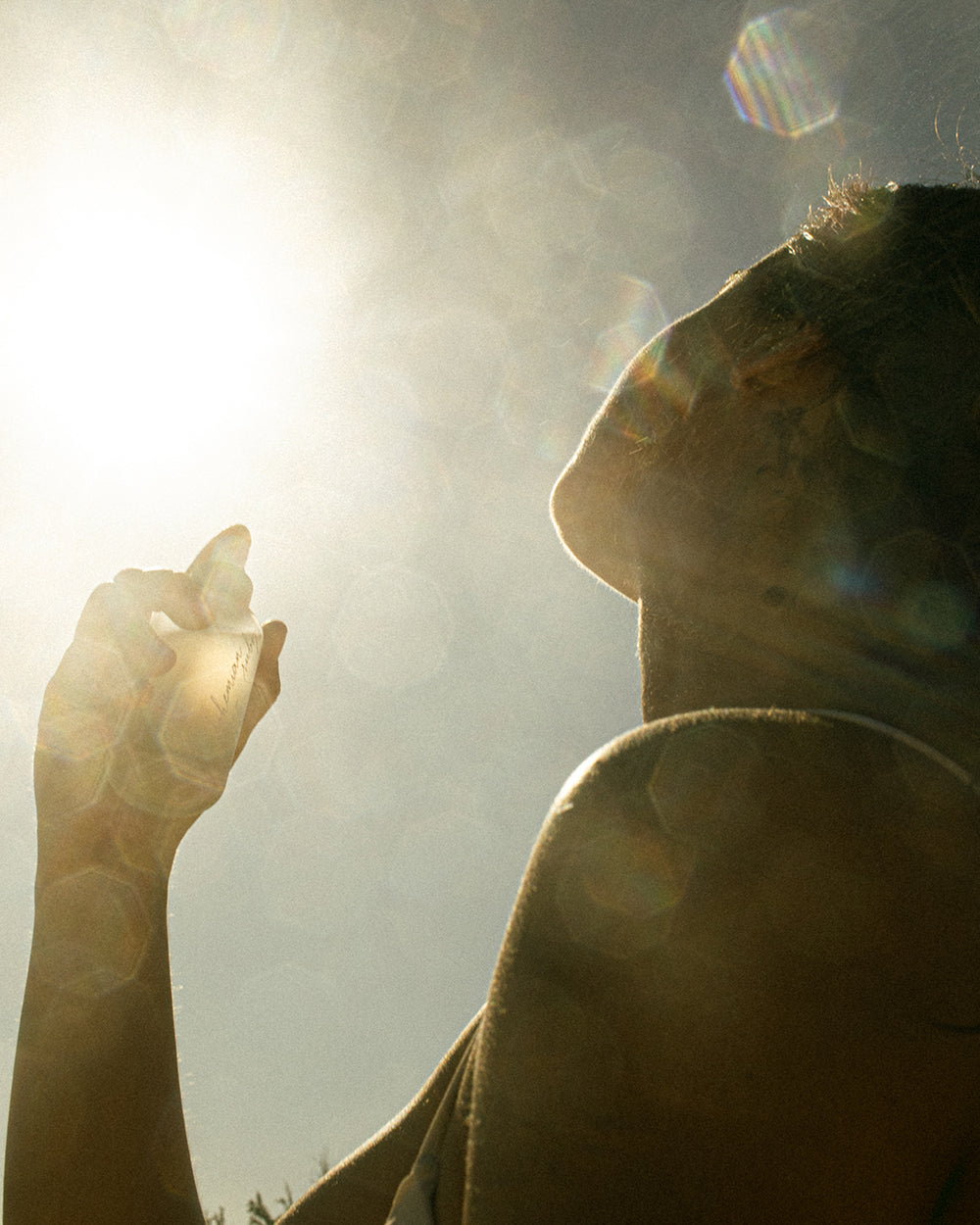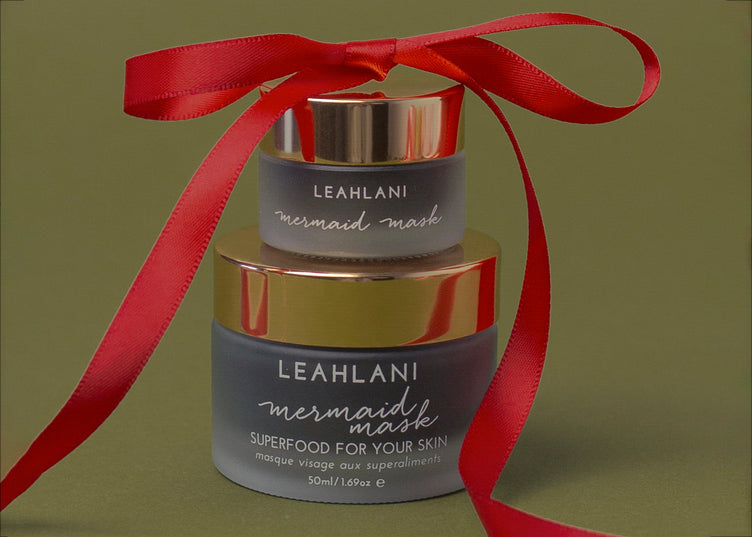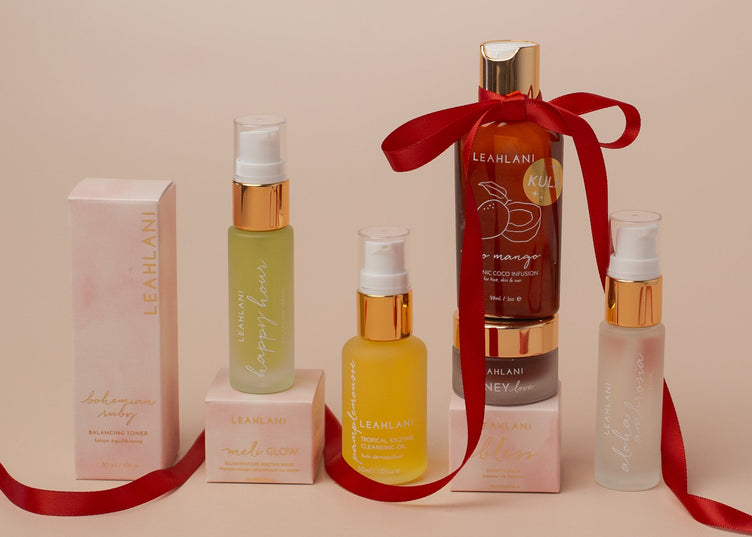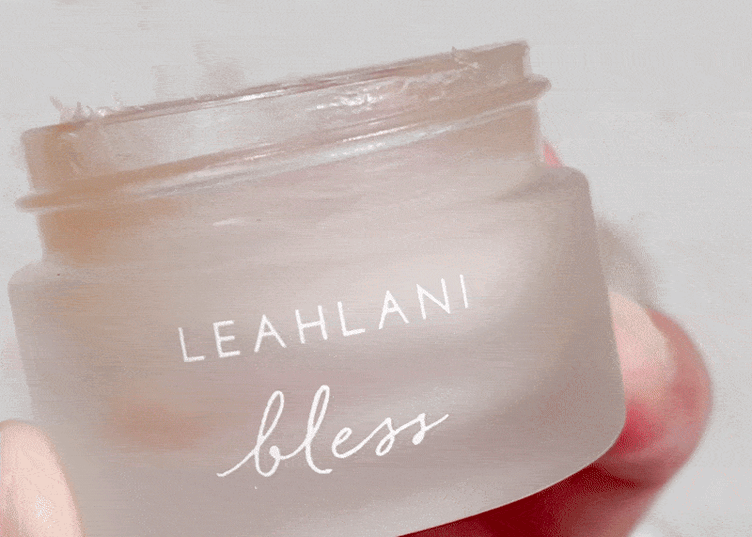Sun damage—also known as photoaging—happens when your skin soaks up too much sun over time.
Sun Damage 101
Even if you don’t burn, UV rays can slowly alter your skin at the cellular level, affecting tone, texture, elasticity, and overall vitality.
- Fine lines and wrinkles
- Pigmentation and dark spots
- Loss of firmness and elasticity
- Dryness and rough patches
- Visible capillaries (especially around the nose/cheeks)
- Skin that just doesn’t bounce back the same
Even if you don’t feel a burn, your skin still experiences damage over time.
The Rays to Know: UVA vs. UVB
Both types of ultraviolet rays harm the skin, but in different ways.
How Sun Damage Affects the Skin
UV exposure triggers a chain reaction in your skin. Here’s what happens beneath the surface.
- DNA Disruption: UVB causes mutations in your DNA directly; UVA triggers damaging free radicals.
- Inflammation & Melanin Response: Your skin tries to protect itself by producing melanin (aka tanning) and initiating inflammation.
- Collagen Breakdown: UVA rays activate enzymes called MMPs (matrix metalloproteinases) that break down collagen and elastin—leading to sagging, wrinkles, and loss of firmness.
- Pigmentation Changes: Overexposure alters how melanin is distributed, creating uneven tone and dark spots.
- Cellular Dysfunction: Chronic UV exposure disrupts normal skin function—slowing cell turnover and damaging barrier function.
How to treat and reduce the appearance of sun damage
You can’t erase all sun damage, but you can dramatically improve the skin’s health and appearance. Here's how:
Boost turnover with skin-loving exfoliants:
Fruit enzymes — are gentler than acids remove dull, damaged surface cells.
Lactic acid — hydrates while refining texture and tone.
Retinoids — support deeper regeneration without aggressive exfoliation.
Help your skin bounce back with ingredients that support repair:
Vitamin C + antioxidants — antioxidant protection, brightening, and collagen support.
Niacinamide — reduces pigment, soothes inflammation, and strengthens the barrier
Peptides and ceramides — rebuild and restore skin structure
Hydrated skin functions better and heals faster. Think:
- Hyaluronic acid
- Aloe vera
- Antioxidant-rich oils (like marula or moringa)
- Blue tansy and chamomile to calm inflammation
4. Protect with Daily SPF
The best way to treat sun damage is to stop it in its tracks. Daily broad-spectrum SPF is non-negotiable—yes, even on cloudy days.
Prevention: Your daily protection plan
- Wear SPF 30+ make sure its broad spectrum every single day
- Reapply every 2 hours if you’re outdoors
- Cover up with a wide-brimmed hat and sunglasses
- Avoid peak UV hours (10am–2pm)
- Don’t rely on makeup for SPF—treat sunscreen as a separate step
- After-sun rituals: soothe and replenish skin after sun exposure with antioxidant-rich mists and balms

